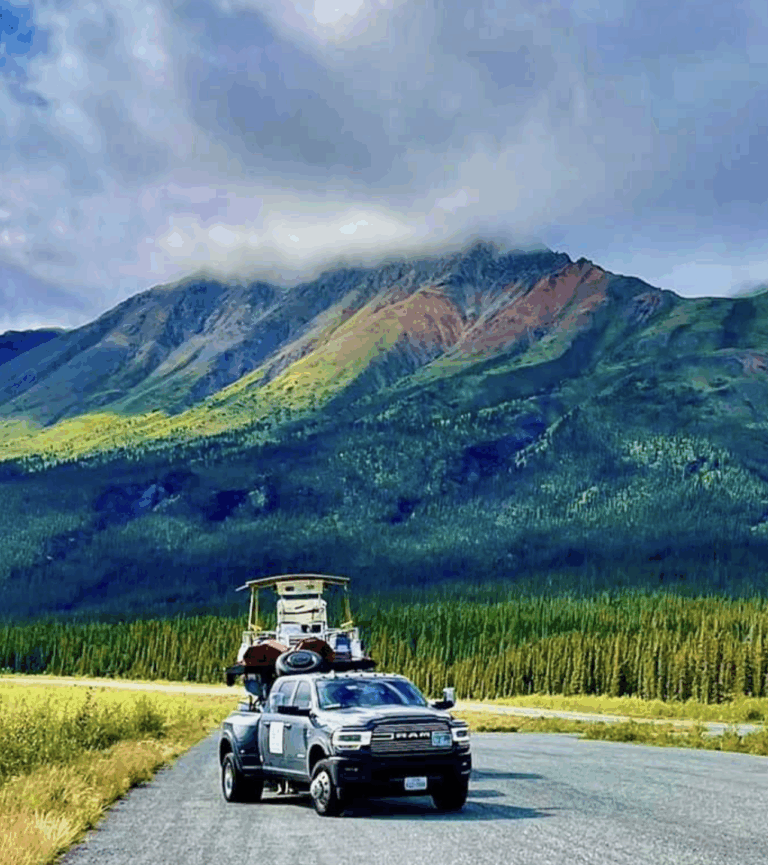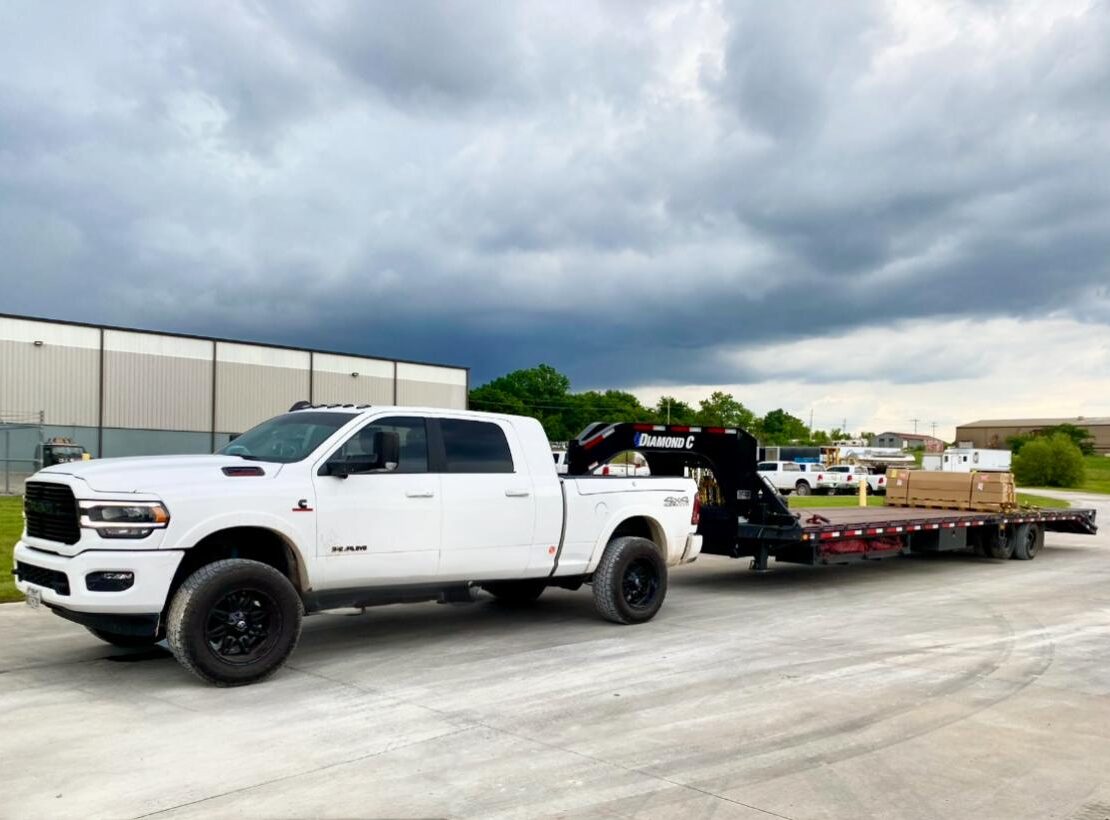Hotshot Transportation
Different people understand the term “hotshot” to mean different things. The term “hotshot” started in the oilfield. The premise of hotshot transportation was to get the needed commodity to the drill rig as fast as possible. In many cases, a supplier or manufacturer of whatever component was needed would put the item in their pickup truck, or car, and “hotshot” it straight to the drill rig. These were generally smaller items able to fit in a personal vehicle that could drive without stopping to arrive to the rig with expedience. This was becuase the vehicle used to transport the freight did not meet the standard set by the Federal Motor Carrier Safety Administration and Department of Transportations definition of a commercial vehicle and therefore exempt from the stict regulations that govern commercial vehicles. When a rig is down, time is money and every second counts. The cost to the drilling company or oil company for the time the rig is down can be in the millions per hour. Hotshots were paid for their speed, not their size. As the need for this service increased throughout the 70’s, 80’s and 90’s entire companies were founded to just be on standby to transport mission critical parts to the oilfield and other businesses with extremely time sensitive needs.

Now days, “Hotshot” has less to do with the speed of the transport and tends to more refer to the type of vehicle used for the transport. Today, pickup trucks with or without trailers are refered to as Hotshots and are required to register with the DOT and/or the FMCSA as a commercial carrier if the gross weight of the truck, trailer and cargo combined exceed 10,000 lbs. Hotshots play a vital role in the transportation industry.
It is common for a Hotshot setup to be a 4-wheel drive truck, capable of getting cargo delivered to places that a tractor-trailer just can’t go. In the Pacific Northwest, as well as other regions with mountains and challenging terrain, Hotshots are used to go up Forrest Service roads, manuever switchbacks, and get in and out of areas with steep grades, tight turns, narrow roads and access points. Hotshots are very commonly called upon for disaster relief supplies such as towable generators, towable lights, restroom trailers and bunkhouses to support crews that will be arriving to begin restoration efforts in a disaster area.
Depending on the size and weight of the commodity you need transported, Hotshot transportation may be the most cost effective way to get your cargo delivered where you need it to go. We will evaluate your shipment, timeline, loading and delivery address and may recommend a Hotshot as you best option to get your freight safely delivered to its final destination.
Hotshots generally have a cargo capacity as low as 5,000 lbs and up to 25,000 lbs for larger trailers. The available deck space on a Hotshot can range from an 8′ bed only to a truck pulling a 53′ trailer. It is also common that Hotshot trailers have ramps, a winch and multiple hitch types to be able to tow customer owned trailers of various types. Travel trailers, 5th wheel trailers, goosneck trailers, pintle hitch trailers, ball hitch equipment trailers and tiny homes are typically ideal for Hotshot transportation. Hotshot trailers, typically, have a lower deck height than stepdeck trailers and can transport taller items without the need to use specialized equipement such as a lowboy. In many cases, we can offer our customers a much more cost effective transportation solution by using a Hotshot to transport cargo that would be just slightly overheight on a stepdeck, provided the commodity is within the weight capacity of a Hotshot.
We offer Hotshot transportaion serivces in most areas. When you have cargo that needs to get someplace that a semi can’t get to, give us a call and we will arrange your delivery on one of our professional, safe and reliable Hotshots.


